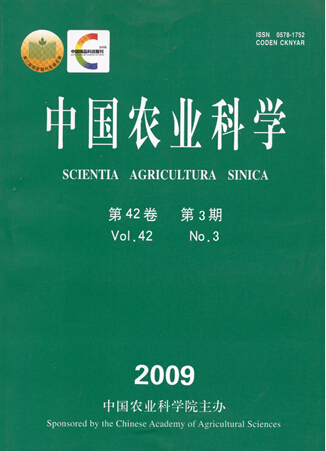【Objective】 This study was conducted to investigate the effect of various monochromatic lights on small intestine mucosal morphology and structure of chicken broilers, and to provide morphological data about the mechanism of monochromatic light action on development of broilers. 【Method】 A total of 120 day-old Arbor Acre male broilers were exposed to red (660 nm, R), green (560 nm, G), blue (480 nm, B), and white (400-700 nm, W) light from light emitting diode (LED) lamps for 7 d, respectively. All light sources were equalized under 15 lx light intensity for 23 h daily. There were six replication pens for each light treatment and 5 birds per pen. Then at the 0 and 7 day old, 1 chick from each pen was randomly sampled and killed. The proliferating cell nuclear antigen (PCNA) positive cells expression in jejunal gland epithelium of broilers, and intestinal goblet cells numbers, villous height, mucosa thickness, as well as the ratio of height villous to intestinal crypt (V/C) of broiler duodenum, jejunum and ileum were examined by histochemistry staining and immunohistochemistry methods. 【Result】Compared with other light groups, GL group increased obviously the related detection index at 7 day old. Compared with RL, GL increased broilers jejunal gland epithelium cells proliferation (115.5%, P<0.05); GL increased the number of goblet cells of the duodenum, jejunum, and ileum of broilers by 71.8%, 35.8% and 27.2%, respectively (P<0.05); increased the villus height of the duodenum, jejunum, and ileum of broilers by 207.9, 93.9 and 63.9μm, respectively (P<0.05); increased the mucosal thickness of the duodenum, jejunum, and ileum of broilers by 262.2, 184.6 and 185.6μm, respectively (P<0.05); as well as the ratio of V/C of the duodenum, jejunum, and ileum of broilers by 18.9%, 54.5% and 77.8%, respectively (P<0.05). 【Conclusion】 The small intestine mucosal structure would be improved to an extent in chicken broilers when they were illuminated with green light at early growth stage (0-7 d) of broiler reared under 15 lx light intensity, accordingly improving the absorption function of small intestine, and accelerating broilers growth.









